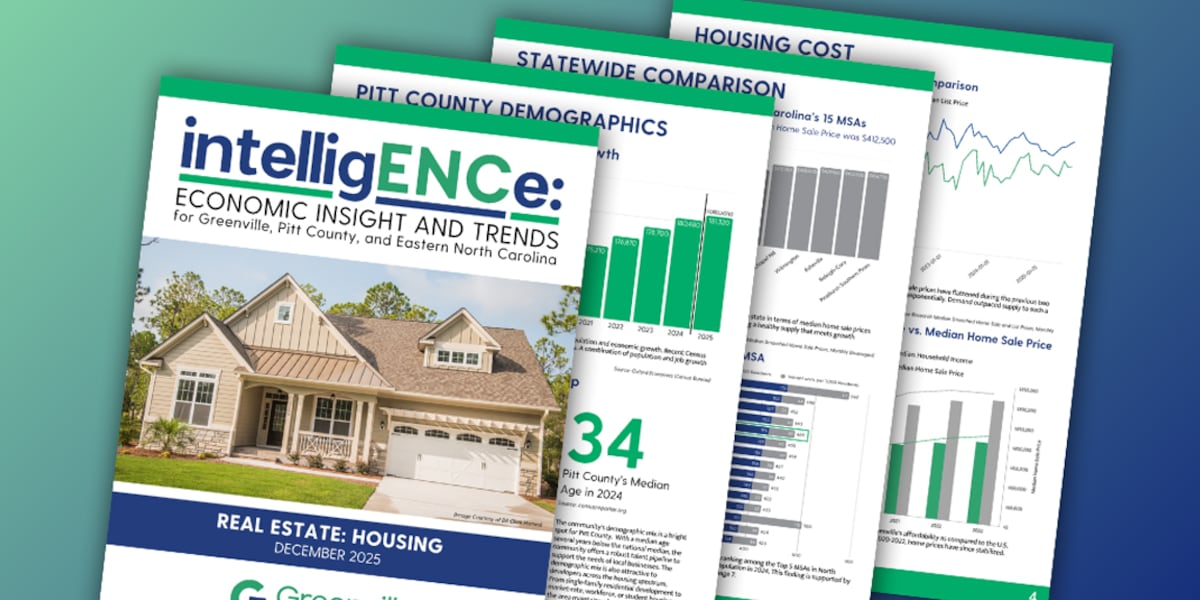A
nne Hartnett: Welcome to the Q3 2025 Market Update with economist Matthew Gardner. Housing has been volatile, and as we head into Q4, agents face consolidation headlines, high mortgage rates, and shifting buyer psychology. In Q2, Gardner forecasted a modest affordability lift by late summer; today we’ll examine the current reality, sentiment trends, and the data every agent should monitor.
**Consolidation and M&A**
The Compass‑Anywhere merger—$1.6 billion in stock and $2.5 billion in debt—now creates a firm with over 90,000 agents. Other moves include eXp’s recent acquisitions and Christie’s sale to Compass. While the pace of deals may slow, remaining mergers will likely be strategic, targeting geographic or niche markets such as luxury or waterfront. Larger firms gain scale, market share, operational efficiencies, and tech platforms that can be sold to new brokers. Small independents face stiffer competition, tighter margins, and less resilience to volatility, but boutique firms can still thrive on personalized service. Whether more deals will materialize remains uncertain; time will tell.
**Mortgage Rates and Buyer Adaptation**
Mortgage rates remain elevated, dampening market strength. Sellers are offering concessions—rate buy‑downs, discounted points, and short‑term ARM or FHA ARM options—to attract buyers. Many expect to refinance into 30‑year fixed rates or benefit from future rate declines. Seller financing and rent‑to‑own remain rare, though some new‑construction projects may explore them. Overall, buyers are acclimating to higher rates and adjusting affordability expectations accordingly.
**Zoning Reform and New Housing Legislation**
Zoning changes are underway in Washington, Oregon, California, Maine, Massachusetts, Montana, Vermont, New York, New Jersey, and Colorado, aiming to boost supply. Yet ADU activity remains modest—Seattle logged only ~260 detached and 250 attached ADUs year‑to‑date. Reforms are not a cure-all; construction costs stay high, limiting immediate supply gains. Buyers, especially first‑timers (currently 28 % of the market), continue to wait for rates or prices to drop, resetting affordability expectations. Urban markets that softened during COVID may rebound, offering upside potential.
**Risks Heading into Q4 2026**
Uncertainty spans policy, economics, and labor markets. Persistent inflation, a government shutdown, and declining tech‑sector job openings create a cautious environment. Borrowing costs may ease modestly, but clarity on long‑term rates will emerge next year. Transaction volumes are expected to rise modestly from 2024 levels but likely won’t reach 5 million. The combined effect of these risks may keep many buyers on the sidelines, slowing sales through 2025 and into early 2026.
**Key Metric to Watch**
Gardner emphasizes seller asking prices over sold prices, as the former is a leading indicator of market direction. New‑construction competition is eroding resale premiums in many areas. Urban centers that rebounded post‑COVID could signal broader market recovery. Additionally, federal policy—tariff reductions, first‑time buyer incentives, down‑payment assistance—could materially influence affordability and supply. Keeping an ear to policy developments and monitoring asking prices will provide early signals of market shifts.
Anne Hartnett: Thank you, Matthew, for the insights. We’ll revisit predictions in December for 2026.














